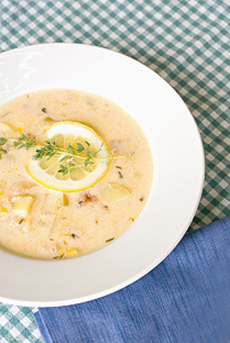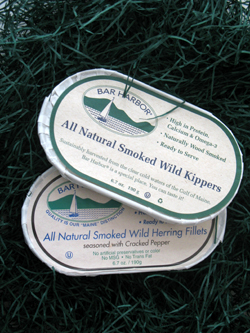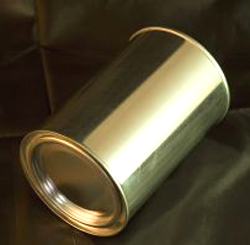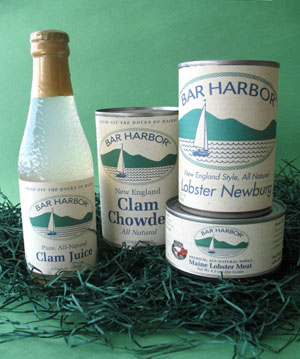The History Of CanningWe take canned food for granted, but like most things, it is a relatively recent invention—and we owe it to Napoleon Bonaparte. In his time, food preservation was basically limited salting, drying and pickling, techniques that had existed for thousands of years.
Napoleon tried to keep the new process a secret so that enemy armies would not have the advantage, but the word leaked out. Appert’s method was so easy that it quickly became widespread. The following year another Frenchman, Pierre Durand, patented a method using a tin container. In 1812, an English company purchased both patents and began producing canned preserves. Canning emigrated to America, where canneries began to preserve seasonal foods and perishables; but most Americans still cooked from fresh and dried staples, and canned food did not become the everyday food delivery system we known until the beginning of the 20th century (the company that produces Bar Harbor Foods was established in 1917). Appert is known as the “father of canning,” and also invented the bouillon cube. But forget that bouillon cube and order yourself some chowder!
For a retail store locator, visit BarHarborFoods.com. *Prices and product availability are verified at publication but are subject to change. Shipping is additional. These items are offered by a third party and THE NIBBLE has no relationship with them. This link to purchase is provided as a reader convenience.
Lifestyle Direct, Inc. All rights reserved. Images are the copyright of their respective owners.
//--> |

The Nibble Blog
The Latest Products, Recipes & Trends In Specialty Foods
The gourmet guide you’ve been waiting for. New food adventures are served up daily. Check it out!

Food Glossary
Our Food Directories Are "Crash Courses" In Tasty Topics
Your ultimate food lover’s dictionary packed full of information and historical references. Take a look!



